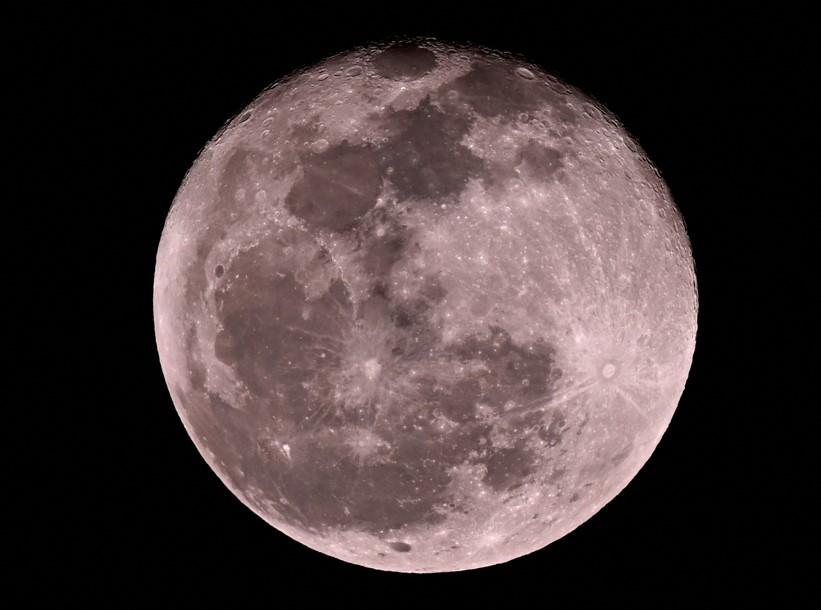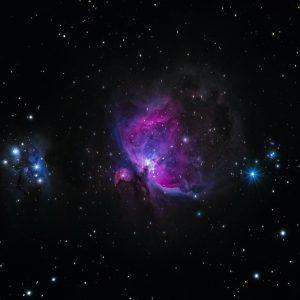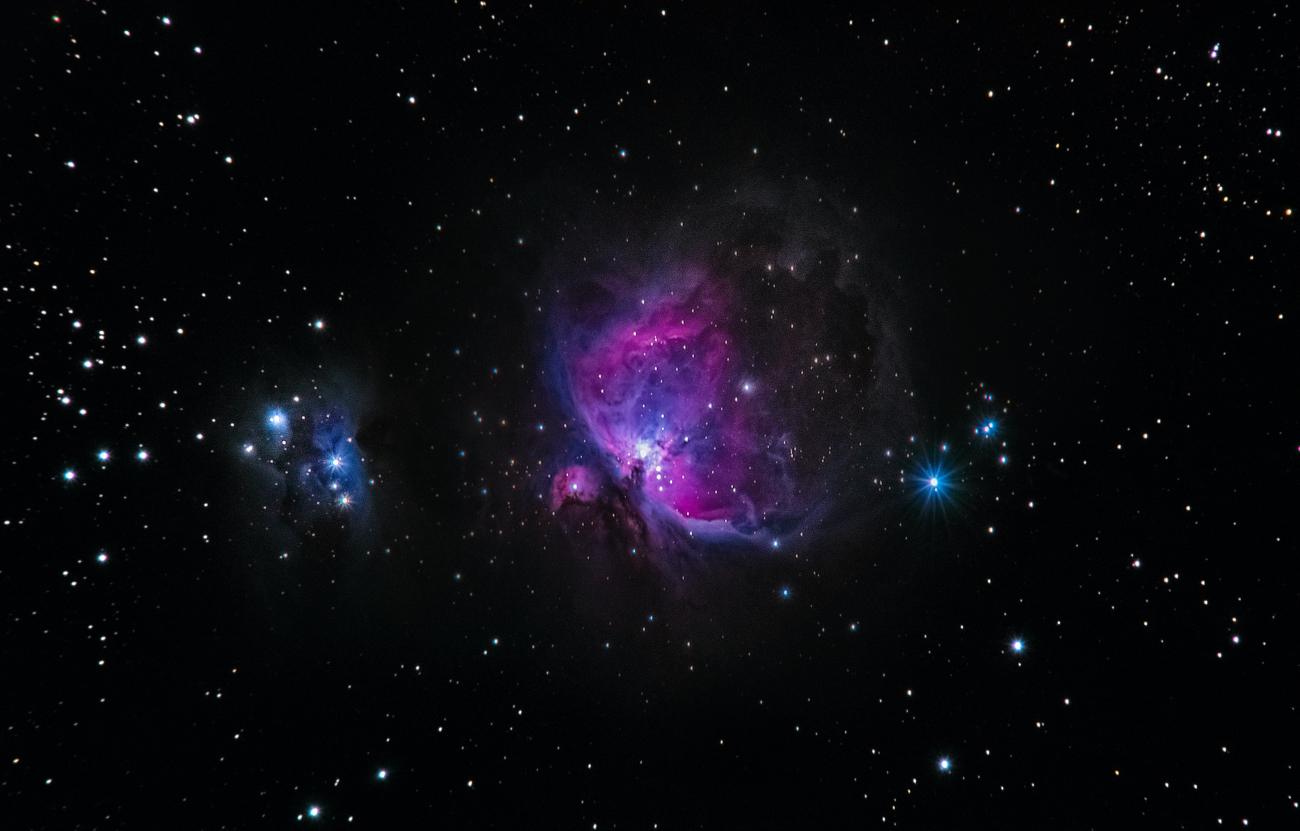Skywatchers will witness a rare “Black Moon” on August 23, a celestial event that darkens the skies and reveals a star-filled universe.
On August 23, astronomy enthusiasts will experience a rare celestial event known as the seasonal “Black Moon”. While the night may appear ordinary to most—since the moon will not be visible—those familiar with the phenomenon anticipate a sky illuminated only by stars.
What is the “Black Moon”?
The term does not belong to official astronomical terminology. Instead, it is used to describe the third new moon in a season containing four new moons, something that occurs only once every 33 months.
This year’s sequence includes new moons on June 25, July 23, August 3, and August 23. The previous “Black Moon” occurred in May 2023, while the next is expected in 2027.

Why it matters
During a new moon, the illuminated side faces the sun, leaving the moon invisible to Earth. This creates ideal conditions for stargazing, revealing planets, stars, galaxies, and even the dense center of the Milky Way.
Those who miss the Black Moon on August 23 will have another opportunity to enjoy its aftermath: a delicate crescent moon visible on August 24 and 25, around 30–40 minutes after sunset, low on the western horizon.
A summer of celestial wonders
The event follows just days after the annual Perseid meteor shower, rounding out a summer filled with astronomical spectacles. It offers a unique chance for amateur astronomers, photographers, and dreamers to immerse themselves beneath the vast night sky.
Πηγή: tovima.com
















![Ελαιόλαδο: Ανάκαμψη στην παραγωγή, πίεση στην κατανάλωση – Τι αλλάζει έως το 2035 [γραφήματα]](https://www.ot.gr/wp-content/uploads/2025/07/elaiolado.2023-1.jpg)
























